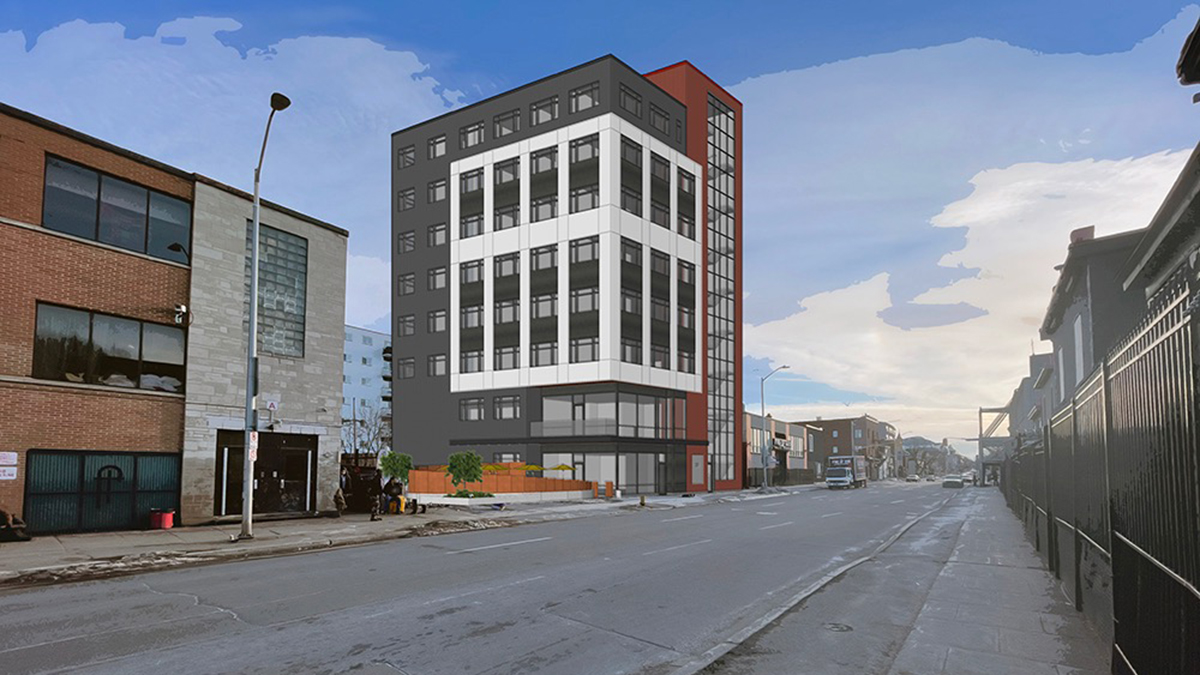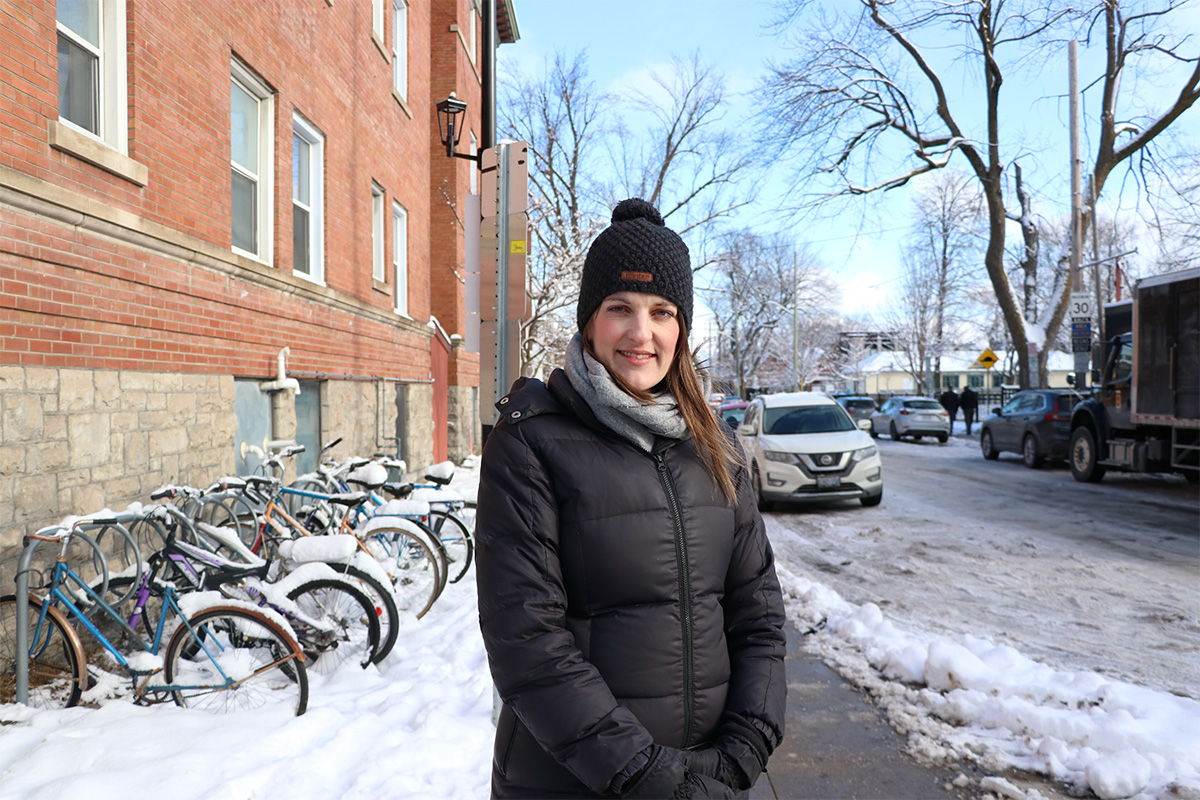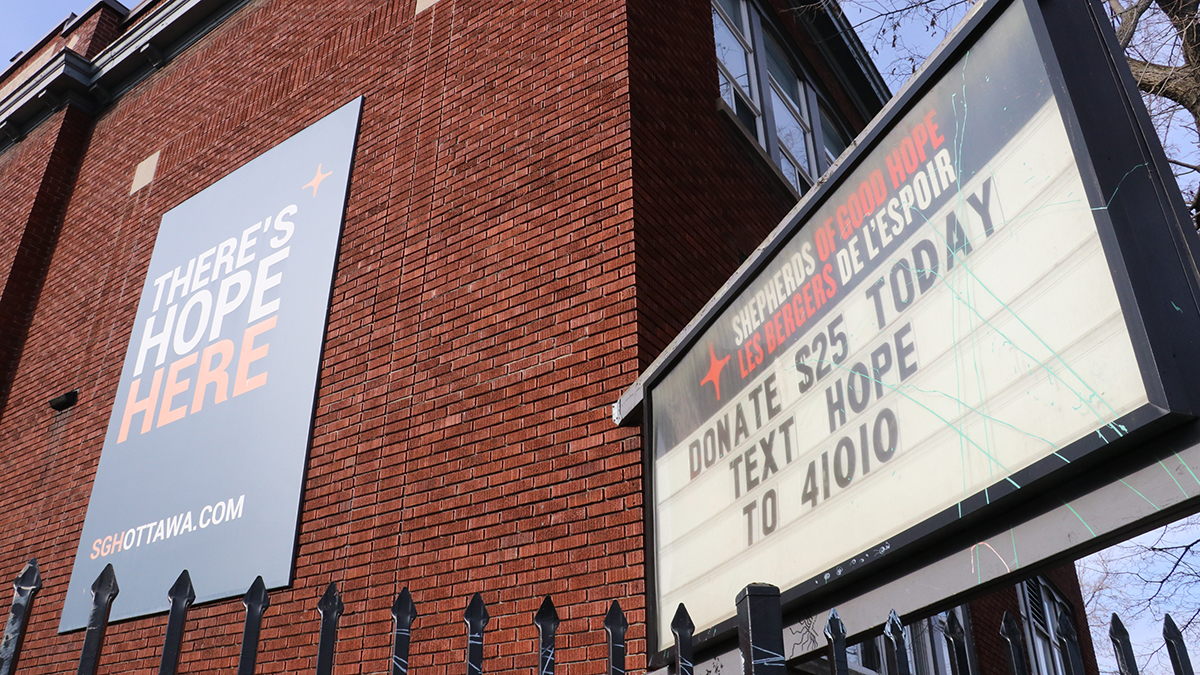Ottawa’s 10-Year Housing and Homelessness Plan is facing serious headwinds and is a reminder of the limits of what a municipality can do on its own to deal with a deepening crisis.
Homelessness in the capital has reached unprecedented levels in the past few months, leaving shelters and the city scrambling to find solutions as the harsh winter nears.
The Ottawa Mission says homeless shelters are operating at 105 per cent capacity, with hundreds still sleeping outside.
More than 7,500 different people accessed the shelter system last year, for a total of 750,921 nights, the City of Ottawa’s housing services data shows. This does not include those who avoid shelters.
“Our numbers are higher than they’ve ever been,” said Kaite Burkholder Harris, executive director of The Alliance to End Homelessness Ottawa. “The numbers are not great – there’s quite a bit of evidence showing we are actually at an unprecedented level of demand.”
In 2014, the City of Ottawa released a 10-Year Housing and Homelessness Plan with the goal of ensuring everyone in Ottawa has a roof over their head. The plan was revised in 2020 and is now projected to be accomplished by 2030.

The latest plan outlines several objectives: To create between 5,700-8,500 affordable housing options, eliminate unsheltered homelessness, reduce chronic and veteran homelessness by 100 per cent and reduce all other levels of homelessness 25 per cent.
The numbers outlined in the most recent plan were formulated the pandemic and the inflation that followed. But the lack of housing is an issue that has been brewing for a long time. Experts say that a primary cause of the surge in housing prices stems from the lack of homes and units being built in Canada over the past six decades.
Jeff Leiper, Kitchissippi councillor and chair of Ottawa’s planning and housing committee, said the conversation surrounding homelessness is something council hears every day.
“I don’t want to pretend that this is not a challenge and certainly we can anticipate that among those who don’t go into shelter for the winter, it is very likely that some of those folks will die,” said Leiper. Recently, council asked staff to explore setting up large tents as temporary shelter.
People accessing the Ottawa shelter systems has noticeably risen over the past seven years, reaching a peak during the pandemic, city data shows. The numbers have fallen slightly since, however, Leiper says, many individuals avoid shelters for various reasons including fear of violence, theft and a lack of freedom.
“Since the pandemic, the issue of homelessness has been absolutely exacerbated,” said Leiper. “I don't have the precise numbers, but the effect of homelessness has been visible on the streets in a way that it has never been before.”
The Ottawa Mission's 2022-2023 report shows there are some 200 people are sleeping on the streets. In addition, Leiper said there are dozens of encampments spread out across the city. But as winter cold really starts to bite, it is expected shelters will see an even greater influx of clients.
“We're at this stage now where we're literally opening more emergency buildings because we just have zero space left,” said Burkholder Harris. “We have about 60 people-plus every night sleeping on chairs, like the overflow mats are now being used, and there's no overflow mats (left).”
In 2020, the city opened up warming centres across the city to relieve the overflow of clients during the pandemic. They were set to close shortly after, but three years later, they are still operating at the Dempsey Community Centre and the Bernard Grandmaitre Arena. A third is set to open at the Heron Road Community Centre.
Bernie Forestell, senior manager of communications for Shepherds of Good Hope, said that the shelter does not “turn away” clients when full, but instead, redirects them to these warming facilities.
“We just need the capacity, but it is really a short-term fix to get us through the current situation. More of what we're focused on is the long-term solution, which is building supportive housing,” said Forestell. “It doesn’t solve an issue when you're cold today, that's for sure but that's our focus for the end of this long road we're on.”
One of the long-term solutions is the newly announced conversion of a former Catholic residence on 1245 Kilborn Ave. into supportive housing. Mayor Mark Sutcliffe said that this is a prime opportunity to help end chronic homelessness.
Ottawa’s 10-year plan proposes to build between 5,700 and 8,500 affordable units to reduce the overall number of people living on the street.


[Artist rendering courtesy Bernard Forestell]
Shepherds has been helping reach this goal as they have five buildings located around the city for supportive housing and have one in construction near their shelter/community kitchen at 216 Murray St. Once the sixth opens in 2025, they will have 339 affordable units. A seventh is in pre-planning on Merivale Road.
“Housing is a human right, and we support anything the city and our partners will do to create more housing, whether it be temporary shelters right now just to protect people, but we know that's not the long-term solution at all,” said Forestell.
In 2021, Ottawa was close to reaching its 25 per cent homelessness reduction goal, according to Burkholder Harris, but then the pandemic took hold. However, she remains optimistic about hitting all targets as long as the city and its partners work together and get greater funding from other levels of government.
“There's a pipeline of all of these affordable housing projects that are ready to go,” she said. “We just need the money for it, and if we can get the money, if the permits have been developed, the same plans have been developed like all that early work that takes so long has been done, then it's kind of like, just give us a green light and we can move.”


The City of Ottawa says there are 1,554 units in pre-development or under construction since 2020. Many, however, could take many years before taking in residents.
Only 377 affordable units are operational, however, far short of targets. The city needs to develop 1,710 units by the end of this year to stay on track for its minimum goal of 5,700 affordable housing units.
But there's a limit to what a city like Ottawa can do on its own. Decades ago the federal government was far more involved in ensuring homes were built. But that changed in the 1990s. According to Canada Mortgage and Housing Corp., "[m]uch of Canada’s social housing was built between 1946 and 1993." According to one CMHC economist: "the housing stock must climb to over 22 million housing units by 2030 to achieve affordability for everyone living in Canada. This translates to an additional 3.5 million new housing units beyond what will be built anyhow. A rough estimate suggests this amounts to an investment of at least $1 trillion."
The federal government has announced measures to help address the crisis, including increased funding for building affordable housing, removing the GST from projects to build rental housing and more.




